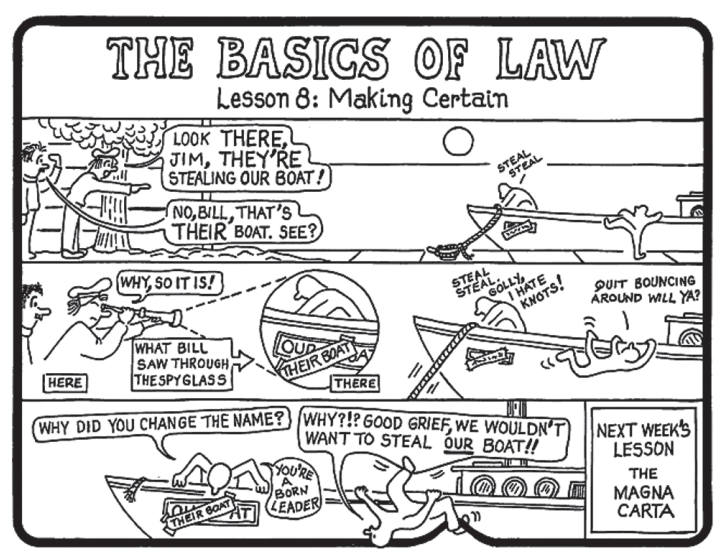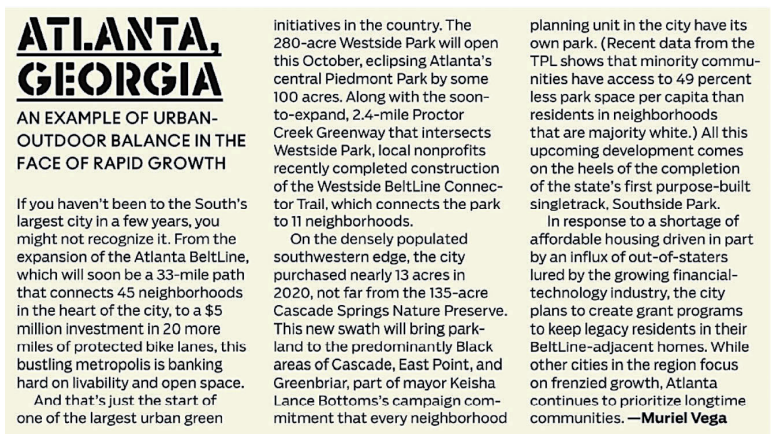Questões de Vestibular UEMA 2022 para Vestibular
Foram encontradas 5 questões

MALLOTE, Stan. The Painless Path to Proper English Usage: the basics of law, New York: St. Martin’s Press. 1986.
The option which reflects CORRECTLY the humor approach of the text “The Basics of Law” is


Low-Context Versus High-Context Cultures
If you have traveled much, perhaps you have noticed that people in various parts of the world differ in how direct and explicit their language is. You may have spent time in both low- and high-context cultures in your travels, with context here referring to the broad range of factors surrounding every act of communication.
In a low-context culture, people are expected to be direct and to say what they mean. Individuals in lowcontext cultures prefer precise, concrete language for sending and receiving messages, and are unlikely to rely on the context of a message to determine its meaning. The United States is an example of a low-context society, as are Canada, Israel, and most northern European countries.
In contrast, people in a high-context culture — such as Korea and the cultures of Native Americans and the Maori of New Zealand — are taught to speak in a much less direct way. In such cultures, maintaining harmony and avoiding offense are more important than expressing true feelings. Speech is more ambiguous and people convey much more of their meaning through subtle behaviors and contextual cues, such as their facial expressions and tone of voice.
The difference between low-context and high-context cultures is evident in the ways in which people handle criticism and disagreement. In a low-context culture, a supervisor might reprimand an irresponsible employee openly, to make an example of the individual. The supervisor would probably be direct and explicit about the employee’s shortcomings, the company’s expectations for improvement, and the consequences of the employee’s failing to meet those expectations.
In a high-context culture, however, the supervisor probably wouldn’t reprimand the employee publicly for fear that it would put the employee to shame and cause the worker to “lose face.” Criticism in high-context cultures is more likely to take place in private. The supervisor would also likely use more ambiguous language to convey what the employee was doing wrong, “talking around” the issue instead of confronting it directly. To reprimand an employee for repeated absences, for example, a supervisor might point out that responsibility to coworkers is important and that letting down the team would be cause for shame. The supervisor may never actually say that the employee needs to improve his or her attendance record. Instead, the employee would be expected to understand that message by listening to what the supervisor says and paying attention to the supervisor’s body language, tone of voice, and facial expressions.
When people from low- and high-context cultures communicate with one another, the potential for misunderstanding is great. To appreciate that point, imagine that you’ve asked two of your friends to meet you tomorrow evening for a coffee tasting at a popular bookstore cafe. Tina, an American, says, “No, I’ve got a lot of studying to do, but thanks anyway.” Lee, who grew up in South Korea, nods his head and says, “That sounds like fun.” Thus, you’re surprised later when Lee doesn’t show up.
How can you account for those different behaviors? The answer is that people raised in a high-context culture (such as that of South Korea) are often reluctant to say no—even when they mean no—for fear of causing offense. Another person raised in the South Korean culture might have understood from Lee’s facial expression or tone of voice that he didn’t intend to go to the coffee tasting. If you, like Tina, grew up in a low-context society, however, then you probably interpreted his answer and his nods to mean he was accepting your invitation.
Referência Bibliográfica FLOYD, KORY. Communication Matters. New York: McGraw-Hill Education. 2018.
The traits of a person who’s grown up in a low-context culture country is